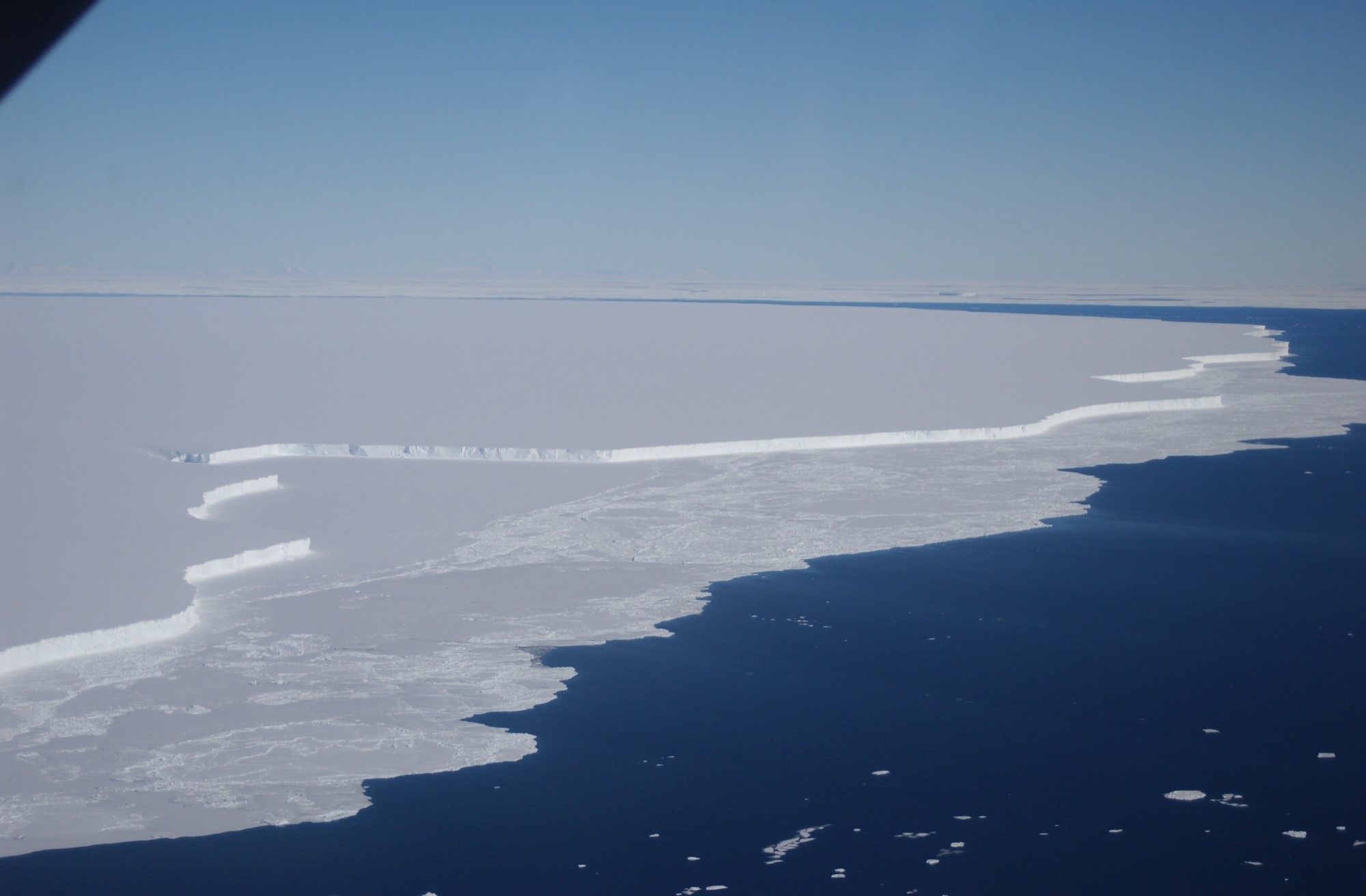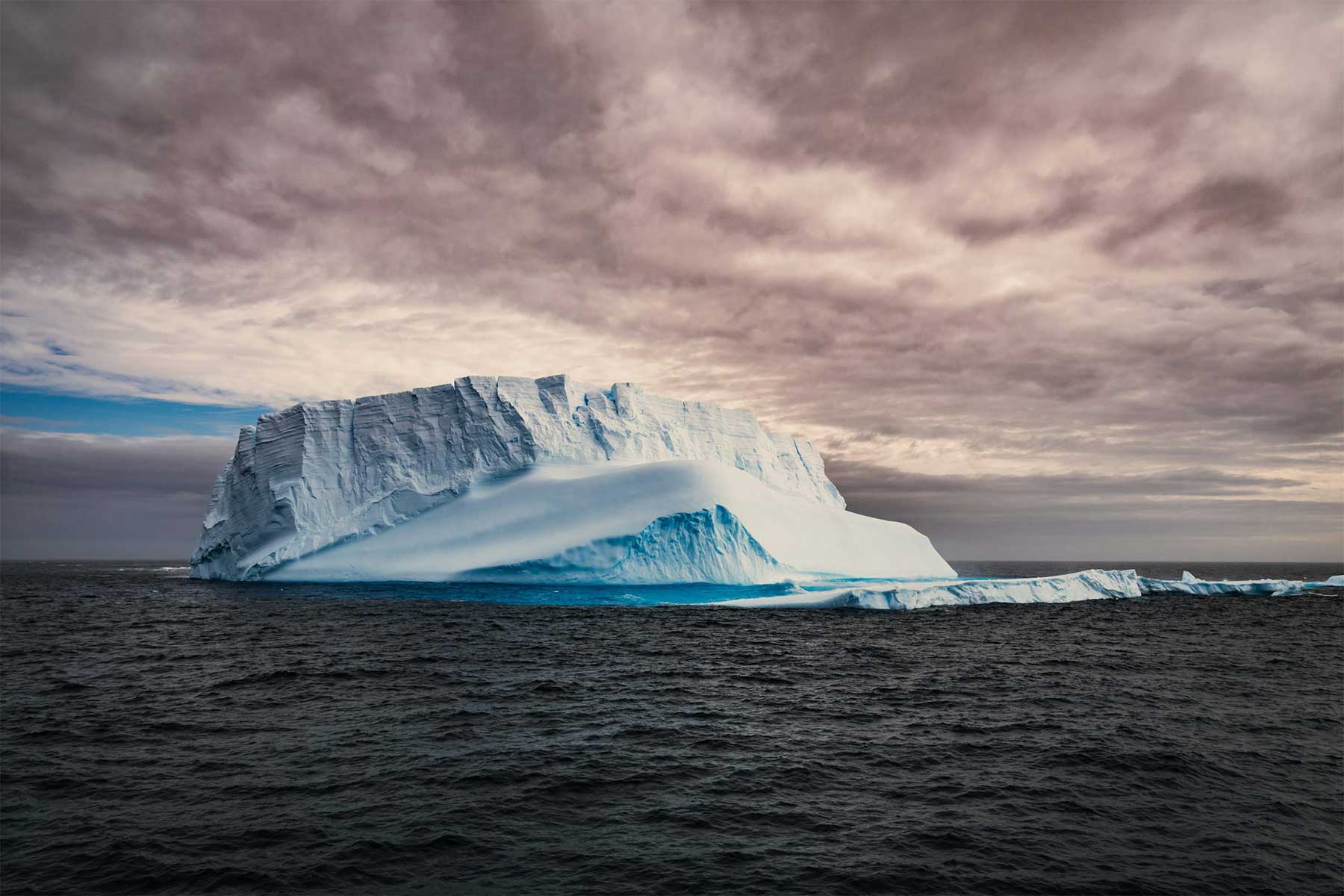Antarctic-wide sea-ice reconstructions from ice cores and marine records, including those by our team members, have made important contributions to our understanding of past environmental and ecological change.
We are extending time-series of environmental proxies to 2,000 years to provide baselines of near-instrumental quality, to assess natural variability in coupled air-ocean-Earth system models against recent trends in sea ice, and attribute their drivers, by:
- Working with international collaborators and sharing capability (e.g. bases, ships, drilling systems) to recover new high-resolution (sub-seasonal to centennial) ice and sediment cores from existing and new sites in sensitive regions of environmental change.
- Using this new knowledge, tested against modern observations, to inform future projections, improve sea ice in models and quantify the impacts on biological indicators.
- Applying emerging technological breakthroughs, such as ancient DNA, machine learning, analytical capability, and virtual ice cores.
- Extrapolating our Ross Sea improvements to circum-Antarctic sea-ice behaviour using new indirect sea-ice reconstructions.

